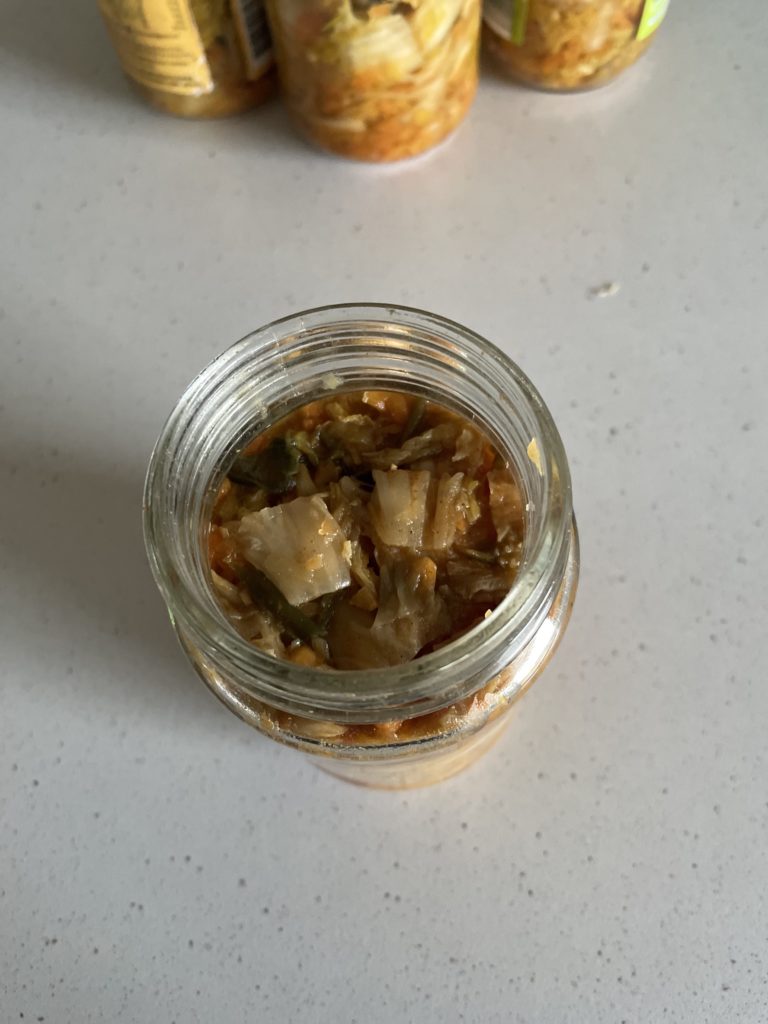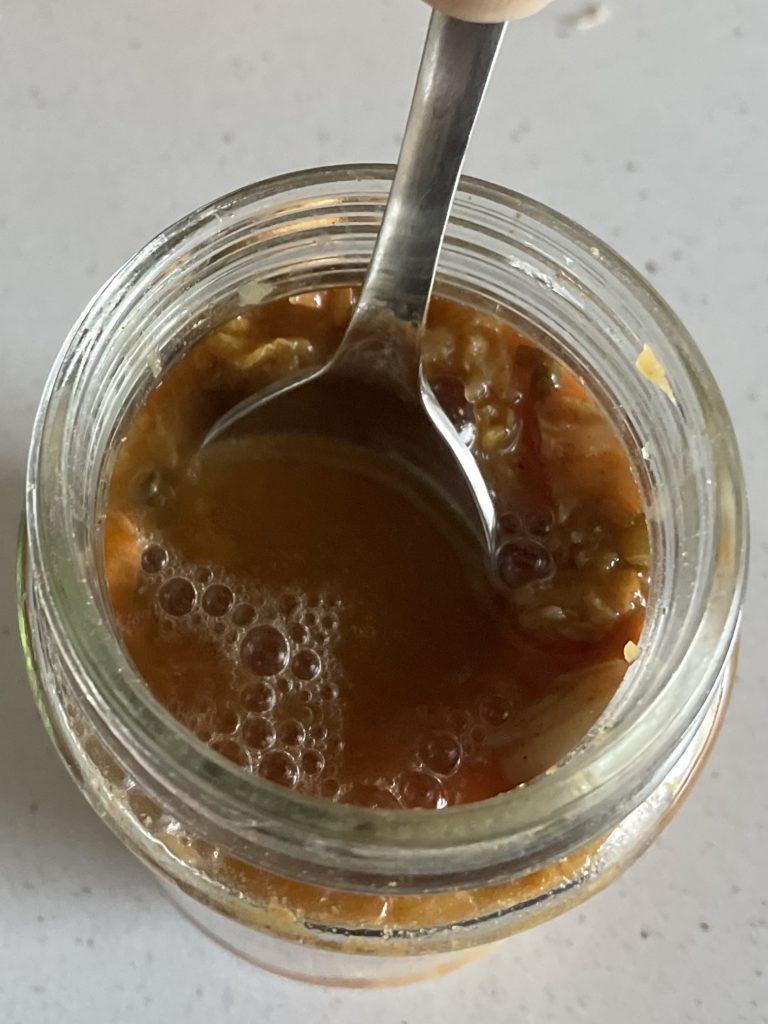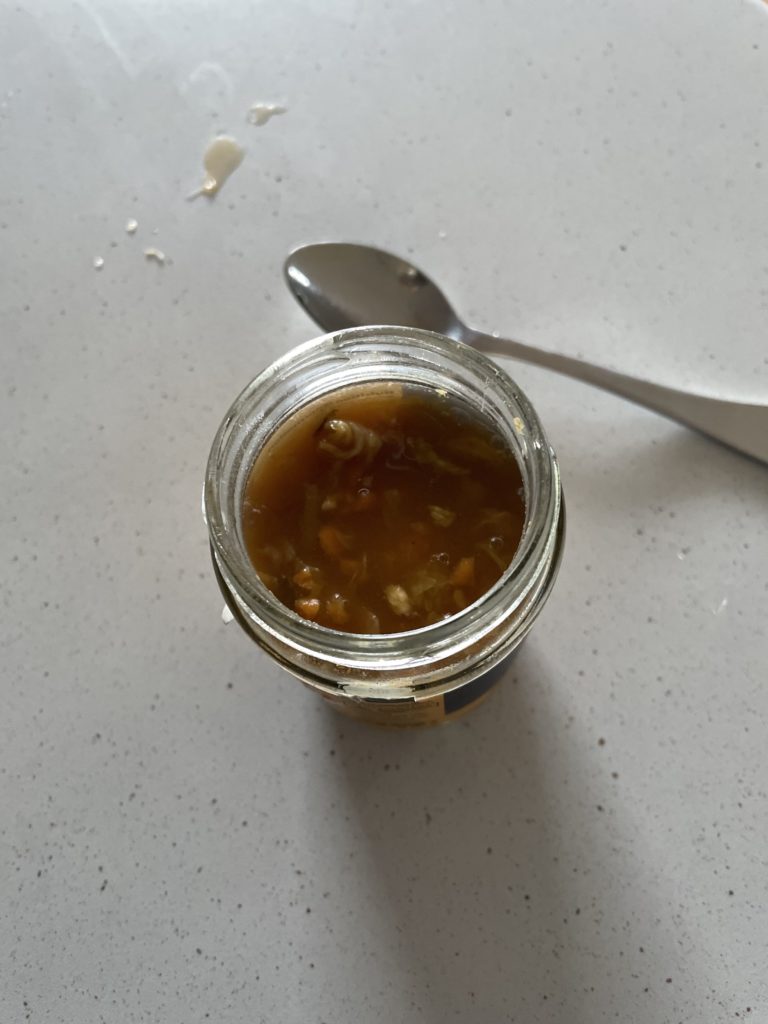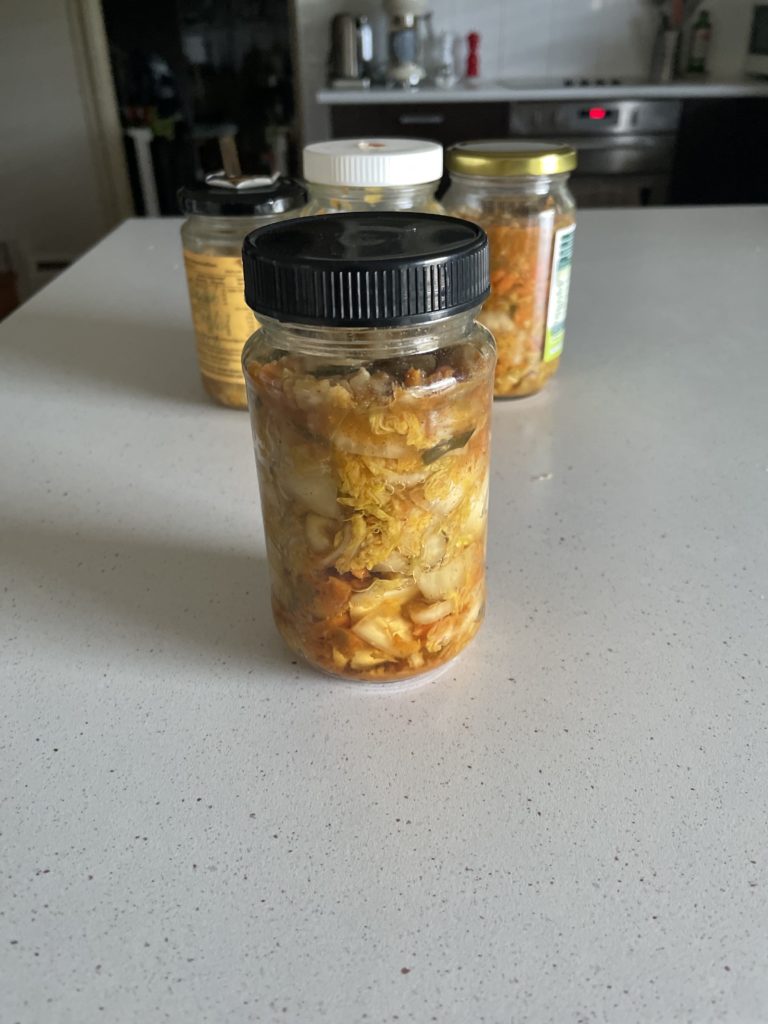Conditions
Lifestyle
Recipes
Superfoods
Nutrition
CATEGORIES
Search
The aim of my blog is to bring clarity to the mass of information thrown at us online.
I trawl scientific articles to bring you the most relevant up-to-date information, easily utilised in your day-to-day life.
THE SCOOP FROM THE SCIENTIFIC LITERATURE
my blog
welcome to
blog
Contact
consultations
THE INDEX
ABOUT me
functional medicine
HOME
October 12, 2021
Kimchi – My favourite ferment
As most of the world knows these days fermented foods are great for our health. With gut bugs , the microbiome, creeping further and further into centre stage with regards to health everyone is, or should be, seeking out ways to support them.
For those of you who haven’t heard of the microbiome, our entire bodies, inside and out, are covered in these little critters – including bacteria, virus, protozoa and amoeba. Basically microscopic organisms that ideally work with us and look after our health.
At times, yes, they can work against us; think infections, parasites, fungal overgrowth – though when kept in harmony, not too much of one species or another, like the balance sustained by a healthy rainforest they are our best ally against acute and chronic illness.
In terms of DNA ratios they outnumber us at least 10 to 1 which means we are 90% bugs (recent research puts this number even higher) and 10% human.

Probiotics Vs Prebiotics
Another distinction I would like to make is between prebiotics and probiotics. Probiotics are bacteria; often live but not always, with different strains shown to exert different effects on the body. If one strain starts to overgrow it can upset the balance and affect our health, opposite end of the spectrum is not enough bacteria, say in the instance of antibiotics which, you can guess by the name destroys bacteria (anti-biotic), good and bad, and while often used for the greater good can again disrupt the balance creating other issues in the body.
So probiotics go in, do their thing – calm down an overgrowth of one species, or perhaps dampen inflammation, or increase numbers of another species. Often however they are transient, performing their role and being expelled. Prebiotics on the other hand are fuel, namely the food that bacteria consume. And different bacteria have different food preferences, feeding the right species allows them to proliferate crowding out the less desired strains. Other side of the coin is poor food choices feed the less desirable species which can create anything from inflammation, weight gain, gut issues or skin issues to chronic disease. Prebiotics are generally in the form of fibre, sometimes we cannot even digest it, though our microbiome can and this usually means great things for our health.
When to be careful…
It must be said though that in terms of gut issues such as small intestinal bacteria overgrowth (SIBO), probiotics or prebiotics can be like adding kerosene to a fire and make symptoms such as bloating and pain much worse. If this is you please reach out.

So back to the star of today’s blog – the Kimchi. It is a fermented food so a source of probiotics as bacteria is what is fermenting the cabbage creating the goodness. Similar to wine, champagne, beer, sourdough bread, sauerkraut, yoghurt… the list goes on. Cabbage – being the base of kimchi, is also a great prebiotic so win win on the gut loving benefits. Plus rather then being in a capsule or powder, its delicious and really ramps your food up to another level.
The thing I love most about kimchi as compared to other ferments is the simplicity to make it and the length of time it takes to ferment. Its ready in less then a week and to date every batch I’ve made has ‘worked’ – my track record with other things such as kombucha has not always been as successful in terms of fizz or flavour.
I like to make my kimchi in the Thermomix for simplicity sake though you can definitely make it the good old fashioned way with your hands or in food processor if it has a slow ‘massage-like’ setting.
So here’s my recipe:
Easy Kimchi
- 1-4 cloves Garlic (personal preference)
- 1-3 cm Ginger (same again)
- 1-2 Carrots (depending on size)
- 2-4 Spring onions and/or 1/2 leek (it’s a great use of the green bits)
- Half a wombok/savoy cabbage
- 1 tsp Cayenne pepper (or more for a more spicy mix!)
- 1.5 tsp God quality Salt
As you’ll see the ingredient list is fluid, I basically use what is in the fridge; sometimes I don’t have garlic, sometimes no ginger, sometimes fresh herbs are available. It’s a great time to experiment.
The staple ingredients are the cabbage, carrot, salt and cayenne (but again if you don’t like spice leave this out).
I put all ingredients except the cabbage, salt and cayenne in the Thermomix and blitz for 4 seconds on speed 5 so its chopped up nice and fine.
I chop the cabbage by hand as I find the Thermomix will mush parts of it and leave other bits untouched. Add this to the mixer with the salt and cayenne.
Put the mixer on 37 degrees, reverse, spoon speed for 5 minutes – this is essentially massaging the cabbage to release the juices and get the salt and spice through it.
Check the cabbage it should be quite wilted with fluid in the bottom of the mixer. Often I will need to repeat the above step 1-2 times depending on how much cabbage I put in.
While this is going on sterilise your jars, I will usually get about 4 jars worth of kimchi – think recycled nut butter or coconut oil glass jars. Put them (and their lids) in a pot of water and bring to the boil. Allow to boil about 3-5 minutes then remove with tongs and allow to dry on a clean tea towel.
Spoon the cabbage mix into the jars until about 70-80% full and if need be add a little water until the cabbage is covered. Do not fill the jars to the top as it will overflow once it starts to ferment.
Place into the pantry or somewhere not too cold. After 1-2 days you will see bubbles forming in the jars. Open them up and using a clean spoon push the cabbage down into the liquid. In winter or a cold house it may take a little longer for the bubbles to start, don’t fret, they will come! Also please don’t be turned off by the smell, fermentation creates gas, it will be delicious once finished.

In 4-5 days it will be ready, again this could take longer in cold climates. I usually keep one jar in the fridge while consuming and the others keep fermenting until ready to eat them. You can’t overdo it. This is the reason you want to sterilise the jars though to avoid the potential for mould growth.
And that’s it! A very long blog for a very simple recipe.
How to enjoy it
Kimchi can be enjoyed on pretty much anything! Toast and avocado, cheese and crackers, salad, soup, burgers, eggs, roast vegetables… I’ve never regretted adding it!
Would love to hear your variations to the recipe and how it worked for you.
Enjoy xxxx

Follow along for more health, lifestyle and wellness advice and information.
comments +